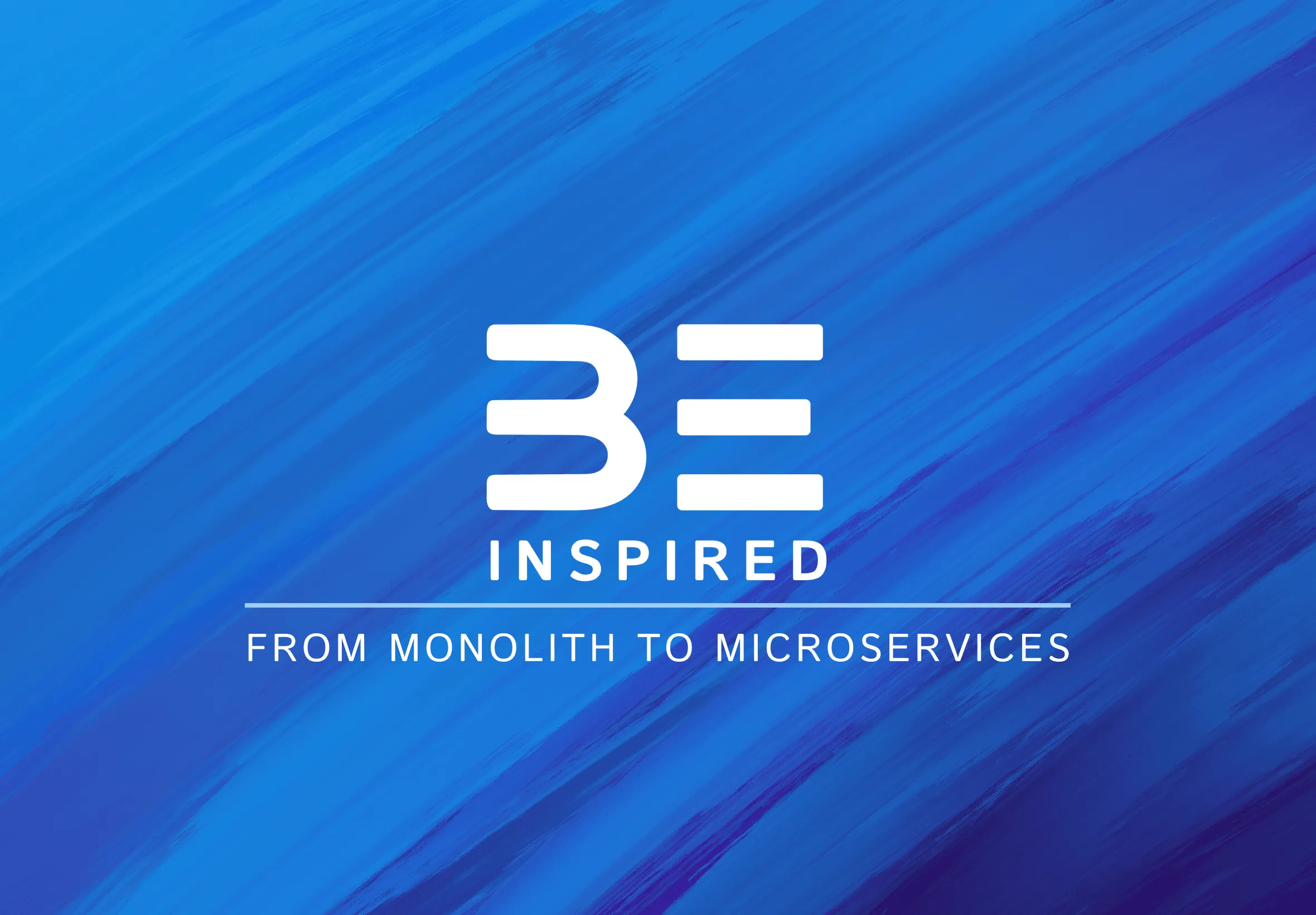Ready to BE Inspired?
Dive into our world of tech innovation with 'BE Inspired,' a series where we share our journey, knowledge, and lessons learned across various technological frontiers.
In the dynamic landscape of software architecture, scalability and resilience are crucial for growth. At Bejoynd, we are committed to evolving our technology to meet these demands. This commitment led us to transition from a legacy monolithic architecture to a modern microservices infrastructure, a shift that has redefined how we manage and scale our platform. Here, we share our journey, the challenges we faced, and the benefits of embracing a microservices approach.
Introduction
Many companies find themselves stuck in old unsustainable architectures, where a single point of failure can bring everything to a halt. At Bejoynd, we faced the same challenge. When I started out here, we were on the brink of a significant transformation—moving from a monolithic structure to a modern microservices infrastructure. This change would allow each service to own its own data and be scaled individually. Here’s a look into our journey, the challenges we faced, and the progress we’ve made.
Background of the Monolithic Architecture
Initially, our entire platform was managed through just a handful of services running on a Windows server. Any deployment required downtime, and the only way to handle increasing traffic was to scale up the entire server, leading to resource inefficiencies. While monolithic systems have their advantages, such as simplicity and ease of tracking changes across a single codebase, we knew that in order to remain competitive and scalable, we had to modernize.
Challenges with the Monolith
The drawbacks of a monolithic architecture became increasingly clear over time. Every failure in a monolithic system would result in the entire site going down until the issue was resolved. While standby servers could serve as a backup, they were costly, and the switchover process was time-consuming and manual. Deploying new code required stopping the service temporarily, leading to downtime. And when it came to scaling, we couldn’t just adjust one part of the system; we had to scale the entire server, making it inefficient and costly. These challenges ultimately made us realize that our ambitions required a shift to a more modern system—one that could better ensure reliability and maintain a high level of uptime.
Planning the Transition
The transition from a monolith to microservices required careful planning. Our first step was to containerize our existing services using Kubernetes, ensuring that the services retained their original functionality. We also made the strategic decision to halt all new feature development in the monolithic system. Instead, every new feature would be built as a microservice, handling only a small, specific area of the system.
One of the main challenges during this phase was breaking up the data layer. Each microservice needed to own its data independently, instead of relying on the old centralized database. We started with small, non-critical services and third-party integrations, gradually working our way towards having dedicated feature services for each function of our platform. This incremental approach allowed us to minimize risk and ensure stability during the transition.
Conclusion
Our journey toward a fully microservice-based architecture is not yet complete. We still have some legacy dependencies to clear out, but the shift has already paid off. Today, we have a far more stable and self-managing system that allows for seamless scaling and deployments, all without the need for downtime.
The path to microservices was challenging, especially in the early days when Kubernetes and microservices were still evolving. But if your company has a complex product that requires fast scaling and high uptime, making the move to microservices is well worth the effort. It can transform your operations, as it did ours.
Simon Svensgård
Software Architect




